The Kuma River is the heart of the Kuma Valley with Hitoyoshi, a historic castle town, serving as the valley’s main hub. The vast body of water provided a natural defense to the fortress when it was first built in the 12th century. It became a strategic transportation hub in the 17th century, leading to the economic development of the region.
Today, as the largest waterway in Kyushu and one of the three fastest rivers in Japan, the Kuma River plays a key role in supporting Hitoyoshi’s tourism and agriculture industries. Visitors flock to journey along the transparent water, either onboard a leisurely cruise or navigating the rapids on a raft. Still others seek out the town’s renowned culinary culture, supported by its pure water. The Kuma River’s 80 tributaries and vast watershed cover one quarter of the prefecture, sustaining vast fields of rice and green tea as well as orchards bearing fruits and nuts.
Navigating this environment by bicycle to uncover the area’s highlights is now easier than ever thanks to new half and full-day cycling tours that depart from the center of Hitoyoshi. Both provide scenic views past picturesque shrines and between lush fields, often to the sounds of rushing water or birdsong. Guides offer background to historic spots and introduce some of the town’s key producers in the world of food and drink as riders indulge in gourmet tasting opportunities at local businesses.
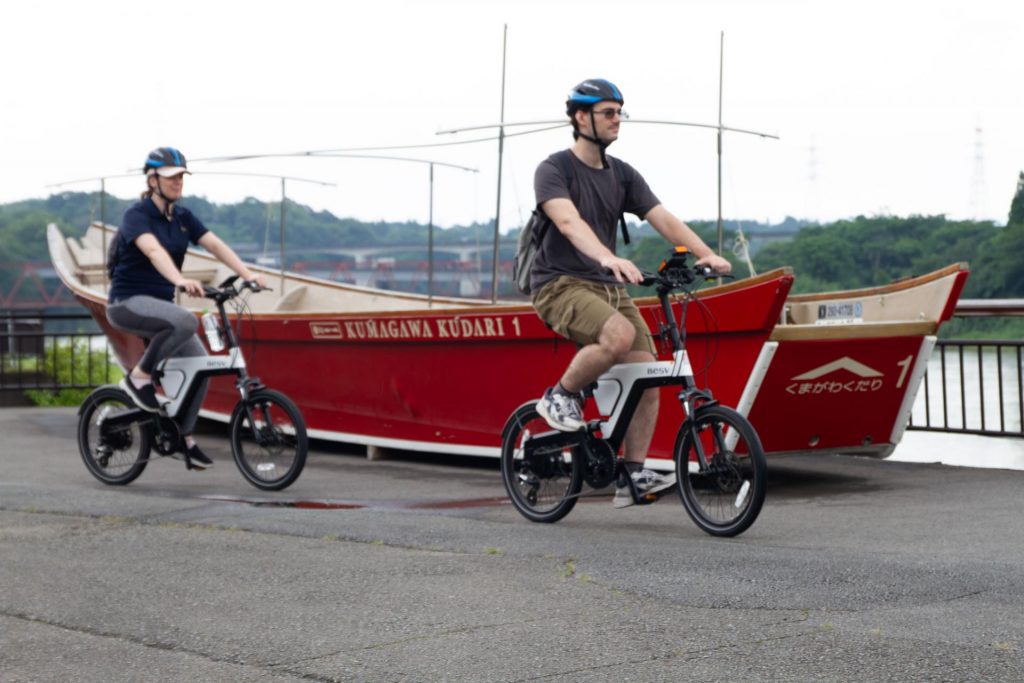
Eating Seasonally
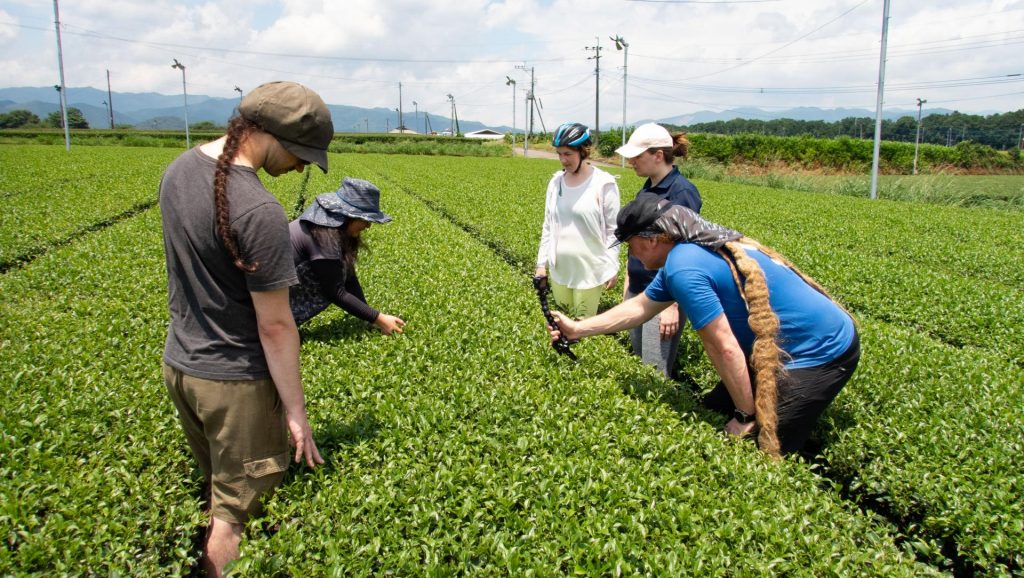
After a short climb past row upon row of green tea bushes, Mie Miyazaki is waiting patiently on a small plateau to serve a selection of ice-cold green tea cocktails and homemade sweets. A green tea farmer who, with her husband, maintains 4.5 hectares of green tea orchards, Miyazaki enjoys using the pair’s leaves to create her signature combinations for visitors.
The farming is hard, she says, but the harvest—delicious bancha (tea) varieties picked throughout the year—is worth it. On hot days, she combines green tea with soda water and pairs it with green tea panna cotta while cooler days see her preparing cups of steaming hot green tea and baked goods, all served amidst the gently rolling hills.
Another local producer is Setsu Honda, owner of Himawaritei, a riverside eatery specializing in local, home-cooked food. From her open-plan kitchen and dining area, which was destroyed and rebuilt when the Kuma River flooded in 2020, she explains her philosophy for cooking while outlining her menu, which changes daily.
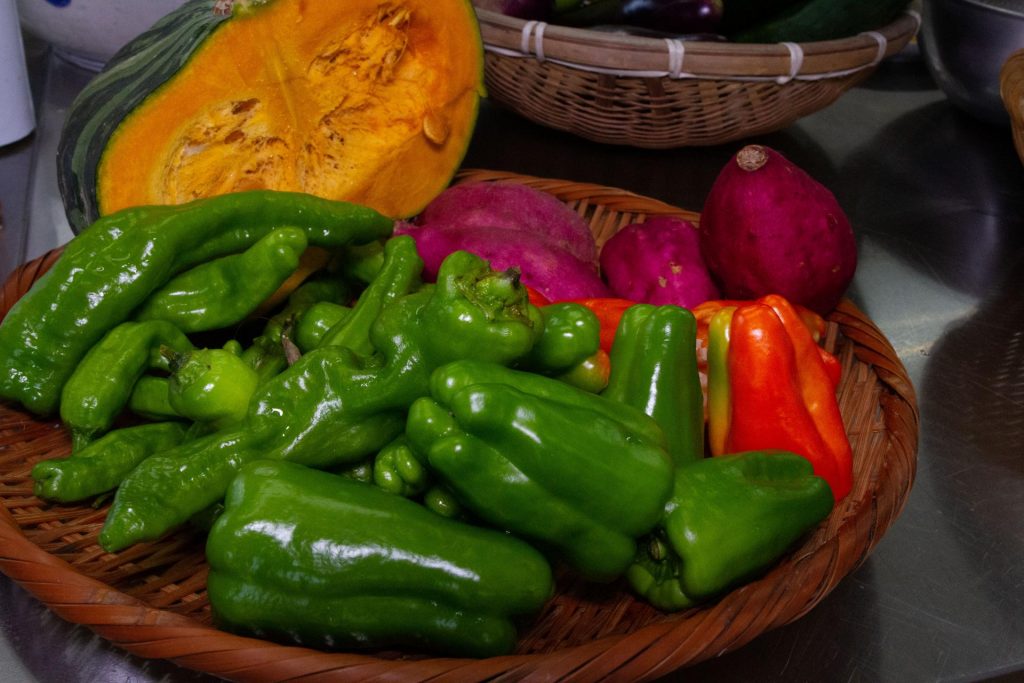
“Eat according to the season, because those foods will taste best,” she says, gesturing to a series of wicker baskets piled high with tomatoes, green peppers, cucumbers, eggplants, pumpkins and sweet potatoes. “And do the best you can to avoid food loss,” she continues, as she opens her fridge to reveal jars of pickled and fermented foods: a nod to her qualifications in the field.
Honda treats riders to dishes such as thin eggplant noodles served in gazpacho and tempura-battered vegetables followed by konjac-style sashimi. All are suitable for vegans; she says her aim is to “bring people together through food.”
Seeing Production
At stops along the routes, it’s possible to get a behind-the-scenes peek at the manufacturing methods of some of the most important ingredients in Japanese gastronomy.
In the former merchants’ district of Kajimachidori, a 93-year-old family-run factory making soy sauce and miso is a reminder of Hitoyoshi’s commercial history. Staff at Marukawa guide riders on a tour of the unique 100-meter-long and 10-meter-wide facility before introducing savory snacks like miso soup and shoyu-flavored rice crackers paired with green tea.
The nearby Fukano Brewery produces some 20 varieties of shochu (distilled liquor), including one made from local chestnuts, which are available for tasting after viewing the production area.
Tofu factory and shop Gankodofu also offers riders the chance to learn about its signature tofu, made using water drawn from an on-site well some 80 meters below ground. “We relocated the business here to get good water, and our manufacturing style has not changed. Most places use only machines but we focus on handmade tofu as much as possible,” says owner Yasutomu Makino, who operates the business with the support of five family members and 13 staff.
Makino and his team serve mouthwatering tofu burgers and a wide range of tofu-based side dishes at the riverside below his property, providing a leafy setting for riders’ lunch.
History and Scenery
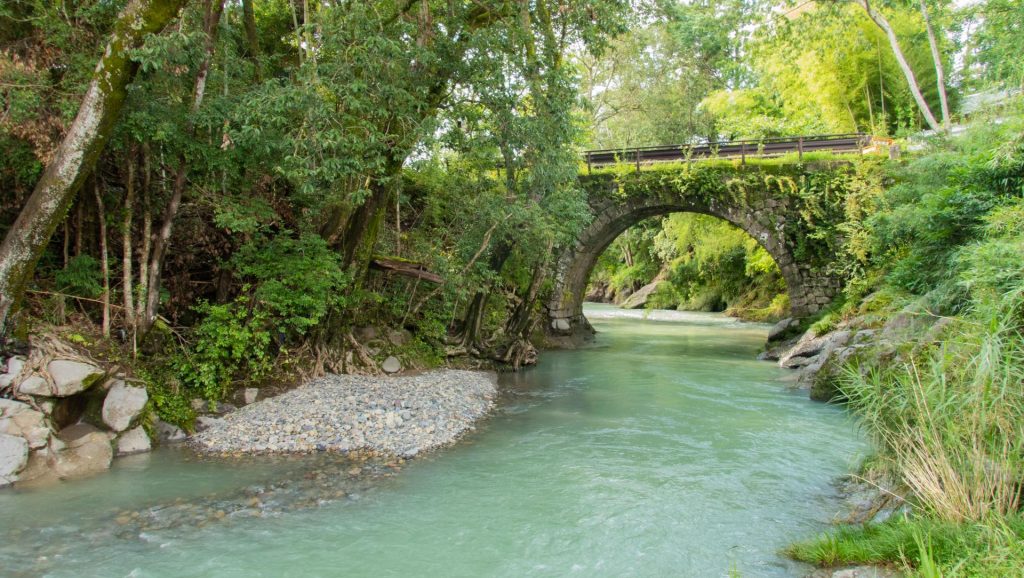
Active travelers interested in Japanese history and culture will also find some intriguing places to explore.
Hitoyoshi’s central shrine, Aoi Aso, is a registered national treasure and makes for an impressive stop; its imposing structure and immaculately kept thatched roof are a rare sight on shrines today. First built in 806, the shrine was developed and adapted over the years, including to accommodate the local clan’s redesign in the 17th Century to follow the ways of fusui, the name for feng shui in Japan.
Yamada Daio Shrine, which also features a thatched roof, dates back nearly 1,000 years. Its main hall was constructed in the mid-16th century, making it one of the few shrine halls of its kind left in Kyushu.
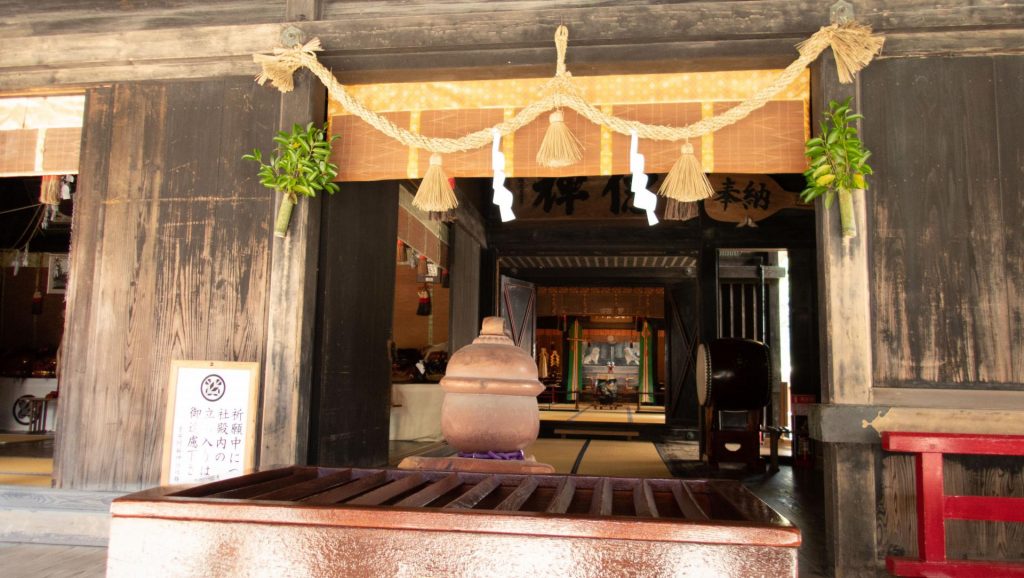
Meanwhile, Maruoka Park offers spectacular views of distant mountains and the valley from its hilltop location above Hitoyoshi. The oasis is particularly beautiful in spring, when its plentiful cherry blossom trees create swathes of pink and white blooms, and in fall, when autumn leaves provide riders with colorful scenes in which to take a break.
Getting There
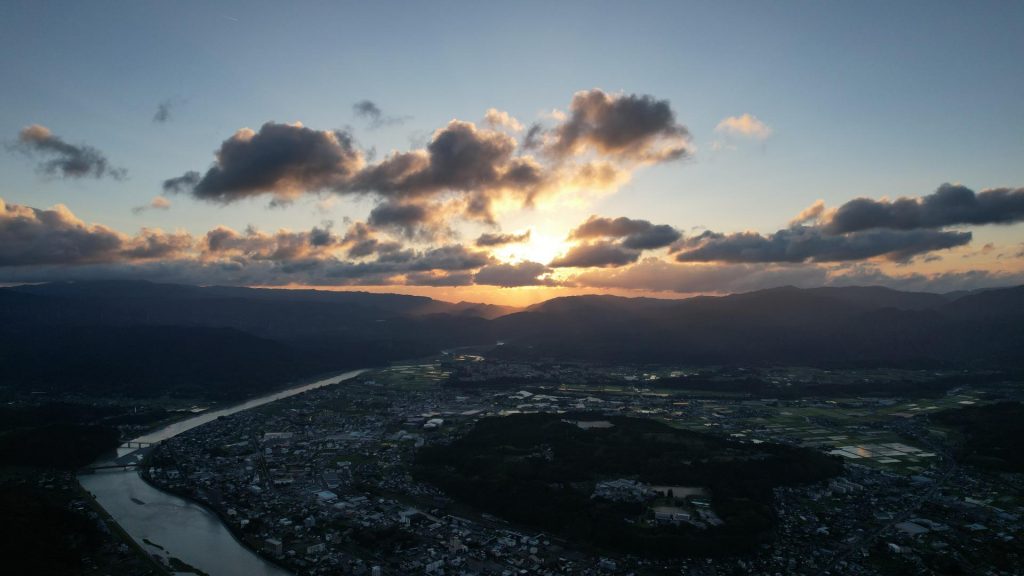
Hitoyoshi is accessible via bus from Kagoshima Airport, with one transfer at Hitoyoshi IC Jokoguchi. There is also a bus from Kumamoto Airport. Kagoshima Airport is connected to around 20 destinations nationwide including Tokyo and Osaka.
Tours start at the Kawakudari Visitor Center, located in Hitoyoshi and about a five to ten-minute walk from most accommodation. The Yamae course is a 15 to 20-kilometer loop with 200 meters of ascent, and you can opt for the three-hour or six-hour tour. It stops at Himawaritei, Fukano Brewery, the two shrines and Maruoka Park.
The longer Sagara course ascends 260 meters and you can opt for the four-hour tour (20 kilometers) or seven-hour tour (40 kilometers). It stops at Mie Miyazaki’s green tea farm, Gankodofu with a riverside lunch and a shochu brewery. The tours run from September to June and include English-speaking guides, e-bike rentals and insurance.
To book your experience or learn more, visit Kumagawa Kudari’s website.
